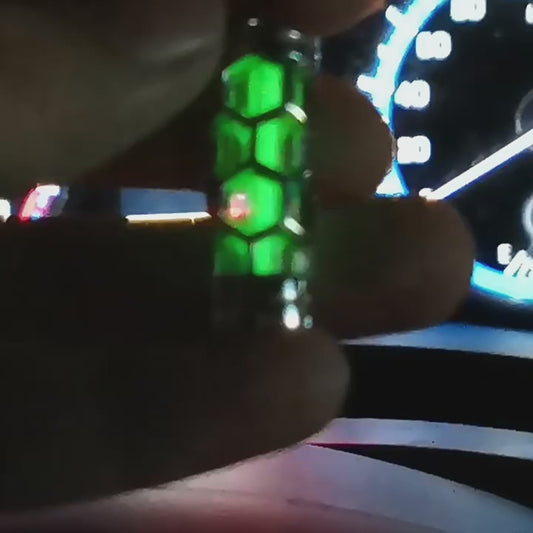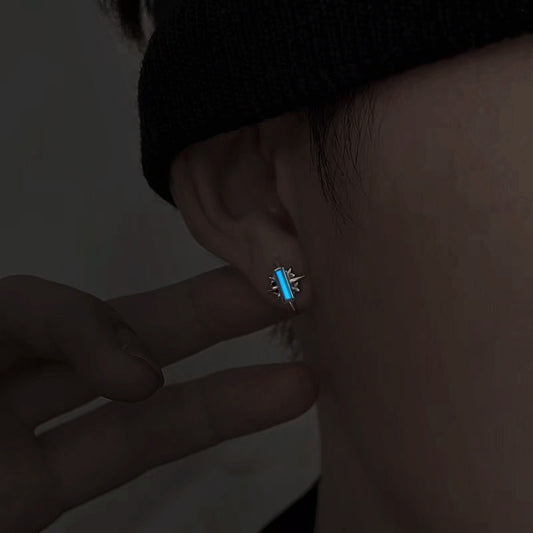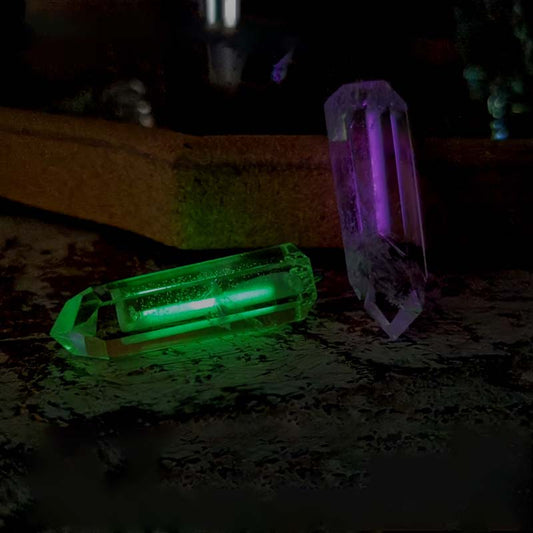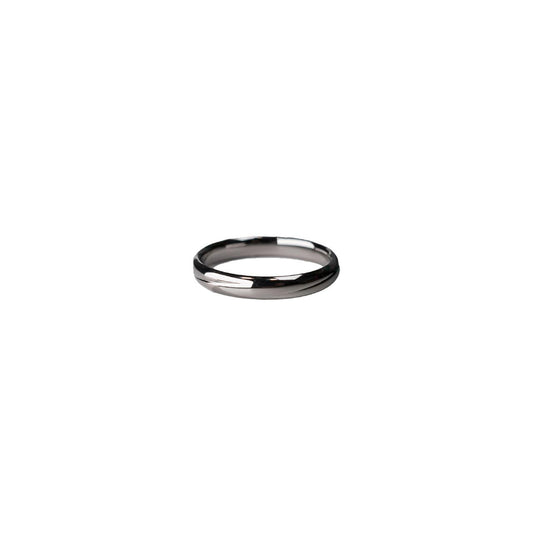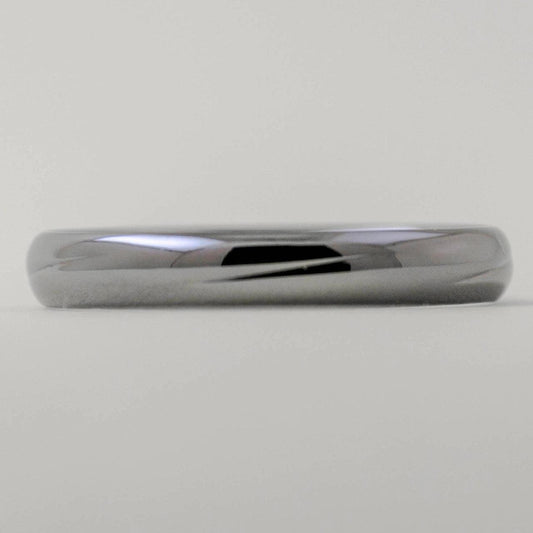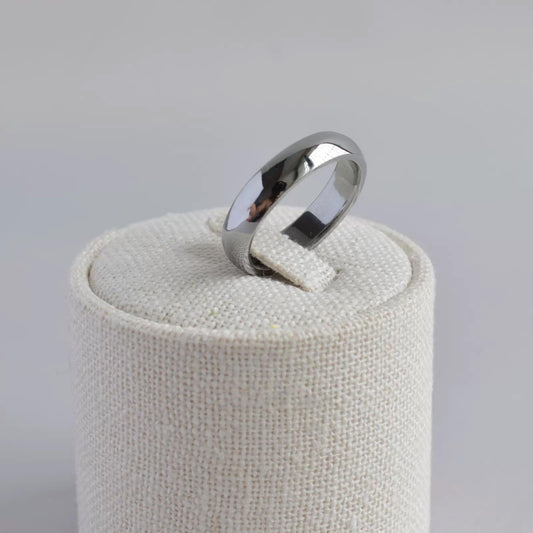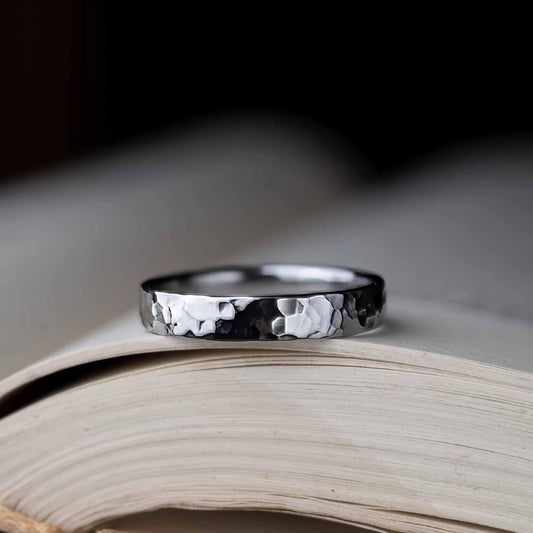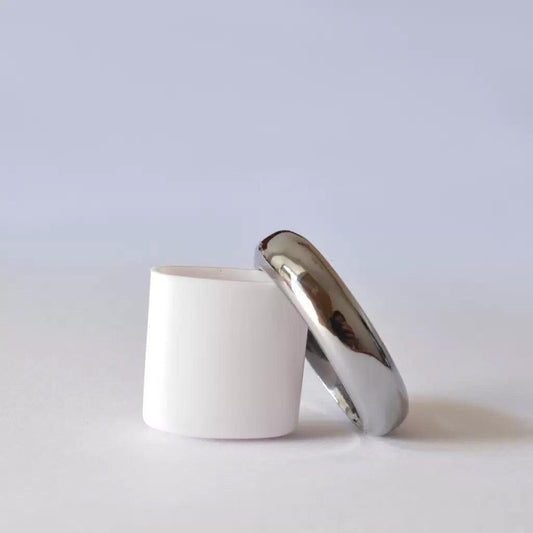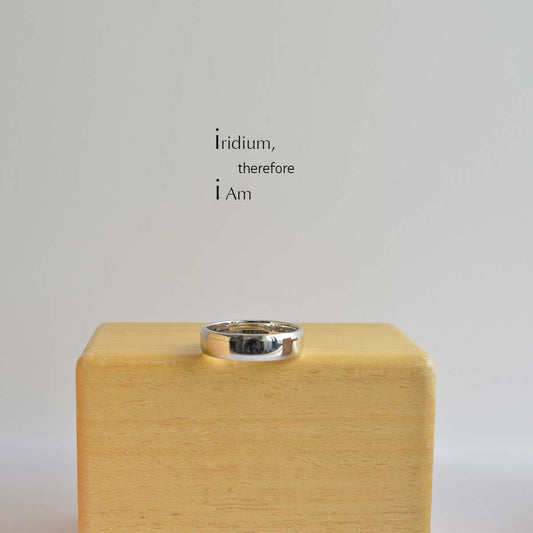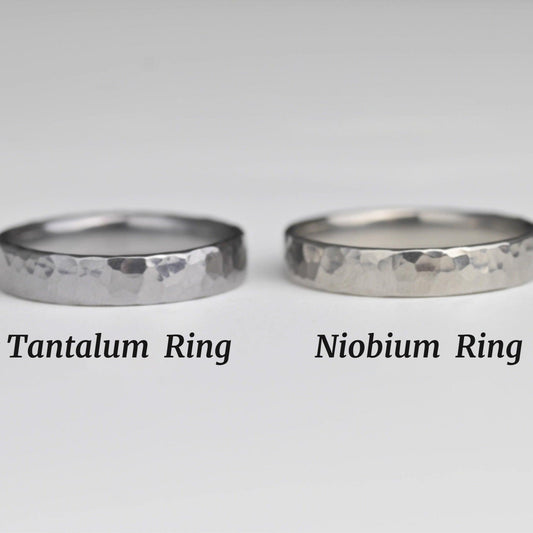Understanding the Clarity of Lab-Grown Diamonds
Understanding the Clarity of Lab-Grown Diamonds
When my partner and I first stumbled upon the world of lab-grown diamonds while ring shopping, it felt like discovering a secret garden in the bustling heart of a city. We were immediately intrigued by the notion of diamonds grown in a lab. The ethical appeal certainly played a role; the idea that no earth needed to be disrupted, no complex geopolitics involved in the sourcing, was refreshing. But as we delved deeper, one aspect kept us coming back for more: clarity.
The clarity of a diamond, whether mined or lab-grown, speaks volumes about its quality. It’s as if each stone has a story to tell, a narrative molded through a combination of science and nature. The clarity chart is a tool used to evaluate the presence of internal characteristics, known as inclusions, and surface defects, referred to as blemishes. A high-clarity diamond with fewer of these imperfections sparkles with an almost mesmerizing intensity.
Perhaps it was the geek in me, but learning how diamonds are categorized — from Flawless (FL) to Included (I) — felt like piecing together an intricate puzzle. Flawless diamonds, rare as hen's teeth, lack visible inclusions under 10x magnification. While lab-grown diamonds can be found across this spectrum, they often present an opportunity for higher clarity at a more accessible price point. This was a revelation for us, as it meant potentially owning a diamond that radiates with brilliance without breaking the bank.
The fascinating part about lab-grown diamonds is their story of creation. Born in a tailored environment designed to mimic the earth's conditions, these treasures emerge in a matter of weeks, not millennia. The clarity is largely controlled by the parameters of their growth environment and the precise care taken during the creation process. This level of oversight allows for fewer inclusions and, ultimately, a purer diamond. It’s akin to watching an artisan at work — every detail carefully considered, every decision intentional.
I remember a moment in a café, sipping espresso with a friend who was contemplating her engagement ring options. As we chatted about the ethics and beauty of lab-grown diamonds, she confessed that she initially doubted if they were "real" diamonds. This seemed to be a common misconception. Lab-grown diamonds possess the same physical, chemical, and optical properties as mined diamonds. The only difference lies in their origin. Her eyes lit up as I shared this, and we jokingly pondered whether the future of romance would be synthetic too.
Lab-grown diamonds are subtly reshaping the jewelry landscape, not just in terms of ethics and cost but also in terms of quality assurance. The clarity chart for these gems provides a level of transparency and trust that’s hard to match, especially for someone like me, always skeptical of marketing gimmicks.
In the end, deciding on a diamond — mined or lab-grown — is deeply personal. It’s about what resonates. For us, it was the clarity, both in terms of quality and conscience, that swayed our choice. I find a certain comfort in knowing that our diamond, clear and radiant, reflects not just light, but a broader shift towards sustainability and conscious consumerism. As we stepped out of the jeweler's, diamond in hand, it felt as though we were holding not just a piece of jewelry, but a tangible piece of the future.


